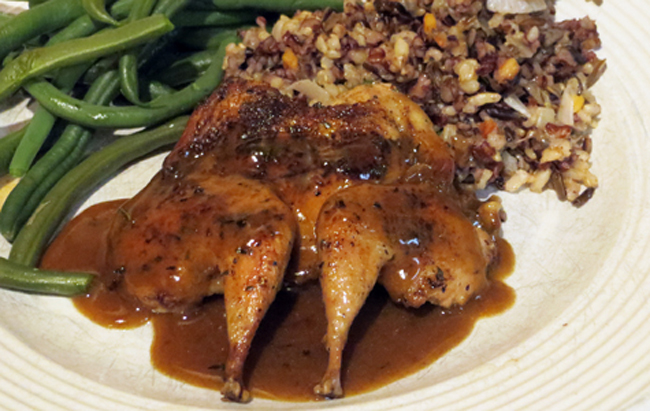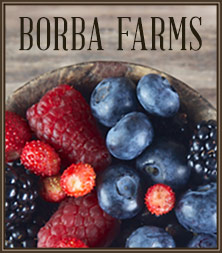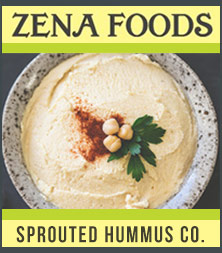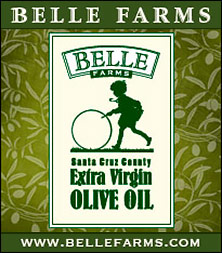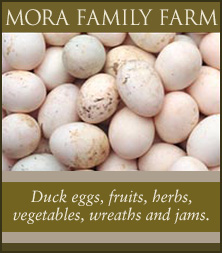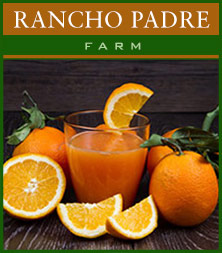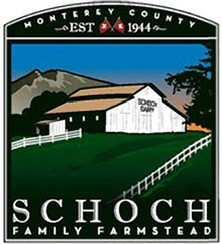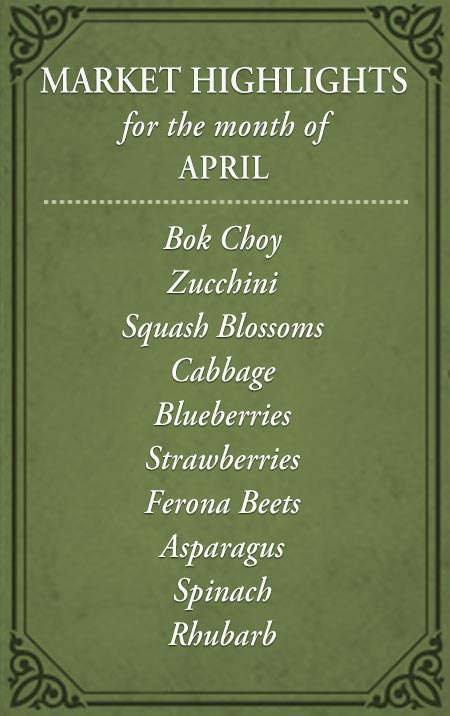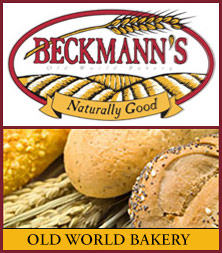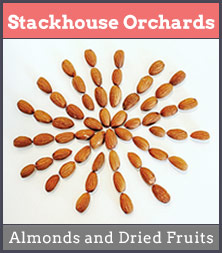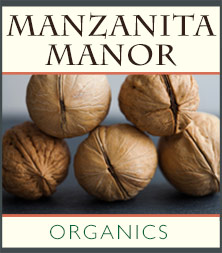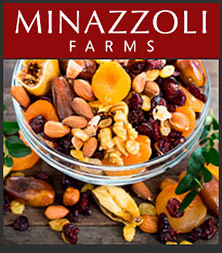This recipe includes the basic technique for cooking quail that starts with removing the spine and opening the bird up to lay flat. The word for this technique is “spatchcock.” * This method makes it easier to cook all parts of the bird evenly versus cooking the bird whole. Using this method, the leftover trimmings are also used to enrich the sauce made of dried porcini, stock, shallots, thyme, and scotch.
INGREDIENTS:
4 quail (available from Old Creek Ranch)
1/4 cup + 2 tablespoons crushed, dried porcini
2 fresh thyme sprigs, leaves stripped and chopped
8 2-inch sprigs of rosemary, tender tips preferred, PLUS two additional 1/2-inch rosemary sprigs
1 large shallot, peeled and medium diced to yield 2-3 tablespoons
2 cups boiling water
1 cup chicken jus, dense chicken broth reduction, or chicken demi-glace
2 ounces scotch whiskey (Islay or Highland is preferred, or use cognac or brandy — nothing sweet), plus more for drizzling
Salt and pepper to taste
A small amount of grapeseed or other neutral-flavored oil
Butter, as needed
METHOD:
Place the 2 tablespoons of crushed porcini in a coffee grinder and powder. Reserve.
Prepare the Quail:
Use a pair of poultry shears, kitchen scissors, or a sharp sturdy knife with a short profile.
Cut off the last two joints of the wings and reserve.
Turn the bird back up and use the scissors to follow the line of the spine just to its right, starting at the back of the bird and heading to the neck. Be careful as you go past the thighs so as not to dislodge them from the skeleton.
Turn it around and start at the neck and cut out the spine, then cut it into thirds. Reserve with the wing parts.
Trim any large fat pockets. Lay the bird skin down on a cutting board and use your thumbs to spread out the breast. Use the heel of your hand to push down to break the breast bone and flatten the bird out. Be careful as the wishbone can break and leave a small sharp bit you can nick yourself on. If this break occurs, use scissors to excise the sharp bit.
Place the birds in a small non-reactive baking dish skin side down and drizzle with a little scotch. Season with salt and pepper, and dust with a good pinch of porcini powder. Scatter some chopped thyme over the birds, and place a 2-inch sprig of rosemary in the cavity.
Turn the bird over and arrange it so the thighs follow the line of the breast and the “knees” of the legs meet at the point of the breast. Drizzle with a little scotch, then dust generously with porcini powder. Season with salt and pepper, scatter thyme over, and place the remaining 2 1/2 -inch rosemary sprigs on top of the quail. Cover with plastic wrap and allow to marinate from 2 hours to overnight.
Cooking the Quail:
Pour 3 cups boiling water over the porcini, at least 3 hours prior to cooking. After soaking for 2-2½ hours, pour the porcini water through a fine-meshed strainer into a bowl, and squeeze out any extra liquid you can without destroying the mushrooms.
Heat the oven to 400°F. Remove the prepared quail from the refrigerator and remove the rosemary sprigs, and drain any liquid. Return the quail to the tray and let come to room temperature.
Heat a small (1½ quart) saucepan over medium-high heat. When the pan is hot, add enough oil to film the pot. When the oil is hot, add the quail trimmings and spread over the pan bottom. Cook, without burning until the trimmings are golden all over.
Make a well in the center of the parts and add a knob of butter. When it finishes foaming, add the drained porcini and stir around in the butter to coat, and spread them out a little. Cook until fragrant and starting to crisp.
Add the shallots and rosemary tips, and stir to coat with the butter and oil. Add a little more butter, if the mixture seems dry. Sauté until shallots are translucent. Add half the scotch and stir in. Carefully ignite the scotch and stir until the flames subside. Add the rest of the scotch and ignite, shaking the pan vigorously until the flames stop.
Add the porcini stock and cook until the liquid is reduced by half. Add the chicken jus/stock/demi-glace and bring it to a boil. Lower heat to a simmer and cook until reduced by half. Strain through a fine-meshed strainer into a clean 1-quart saucepan, pressing on the bits in the strainer to get as much of the stock as you can. Discard the matter in the strainer. Heat sauce to a simmer, and keep at a low simmer so it continues to reduce to about 1 1/2 cups.
Prepare an oven-proof pan or dish just large enough to hold the quail comfortably without crowding. Line with foil and place in the center of the oven.
Heat a very large pan, about 14 inches, or two 10-inch pans, over medium-high heat. Remove the rosemary sprigs from the quail and blot them with a paper towel. Season with a little salt and pepper. When the pan is hot, a film with a little neutral oil, and then add a tablespoon or two of butter — enough to coat the pan bottom well. Wait until it foams, then lay the quail into the butter skin down.
Cook the quail until browned and crisp on the skin side, around 5-6 minutes. Gently turn the quail and cook for 2 minutes, just long enough to “kiss” the bottom-sealing it.
Transfer the quail to the pre-heated pan in the oven, skin-side up, and cook for 4 minutes. After 4 minutes remove the pan from the oven and prop it at a shallow angle on the wide side so the quail are not sitting in any juices.
While the quail are in the oven, return the pan they were sautéed in to the stove and turn up the heat to medium. Pour in the sauce and scrape the pan bottom to deglaze it. Using a wide wooden spatula, keep the sauce moving and cook down until it starts to thicken.
After the quail has been out of the oven and resting for 4-5 minutes, some juices will have collected in the roasting pan. Pour these into the sauce. Continue to cook down the sauce until it is thickened, and the spatula leaves open space on the pan’s bottom. Remove from the heat.
Plate the quail and the sides, then, quickly heat the sauce for 30-60 seconds on the stove and spoon the sauce over the quail. Serve hot.
YIELD: 4 servings
Chef’s Notes:
The hardest part about cooking quail is knowing when it’s done. Depending on the size of your birds and the temperature of your stove and oven, the quail might cook faster or slower, depending on your equipment. The bird is done when you press with a finger on the breast and it feels both firm and a little springy. Firm? Overdone. Springy? Not quite cooked. Quail is not one of those birds you want to eat on the rare side as it can be chewy. If over-cooked, it will taste “liverish” but not like duck or squab. So, try cooking quail once or twice before serving to company so you can familiarize yourself with the meat and your appliances.
*The word “spatchcock” is of Irish origin from the later 1700s. The French term for this technique is crapaudine which refers to the shape of a frog (crapaud meaning frog).
Photo courtesy of Chef Andrew Cohen.


